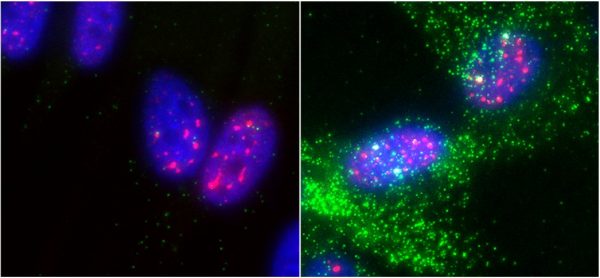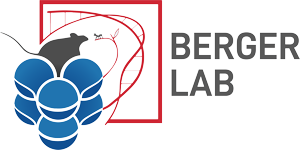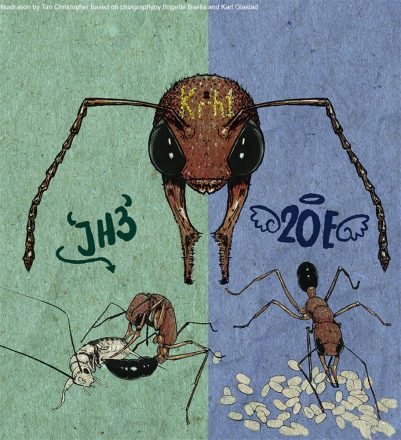
Our newest paper is out in Cell Press today! Janko Gospocic (Bonasio Lab) and our own Karl Glastad report that transcription factor Kr-h1 regulates “socially appropriate” genes in H. saltator ants to maintain specific castes.
[vc_row][vc_column][vc_single_image image="5997" img_size="912 x 1000"][/vc_column][/vc_row]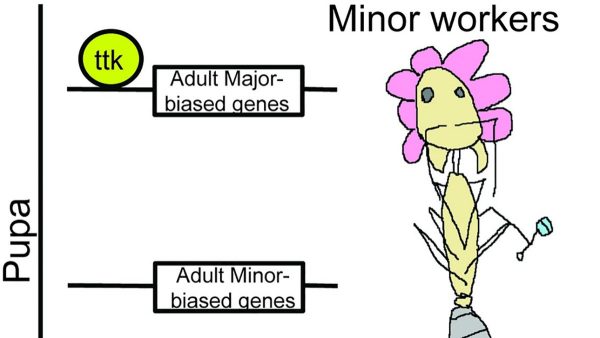
The latest work on our ant project led by Karl Glastad (@Laevorotatory) is now online at @PLOSGenetics. Karl and Linyang Ju (@LinyangJ) demonstrate that the TF tramtrack modulates chromatin to bridge hormone signaling and caste behavior in ants. Also, ant art.
[vc_row][vc_column][vc_single_image image="5992" img_size="1200 x 675"][/vc_column][/vc_row]Nature followed our former postdoc Dan Bose @Bose_Lab as he and @TwelvetreesLab established their independent labs. Check out this fantastic feature (including podcasts!)
[vc_row][vc_column][vc_column_text]Two researchers. Three years. One pandemic. Nature reporters spent the last three years following scientists Alison Twelvetrees and Daniel Bose on their quest to establish their own labs, and win
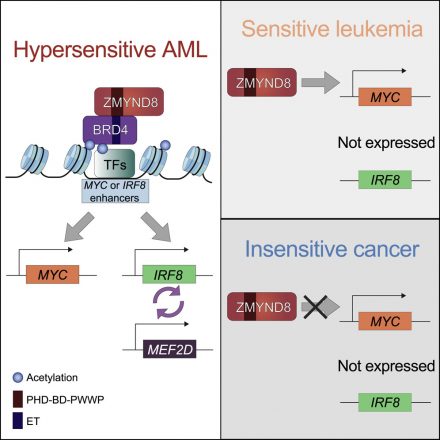
New Study uses a CRISPR-based screening approach to identify a new therapeutic target for acute myeloid leukemia. #UpennCAMB, ShiLab, PennCDB, BergerLab, PennCancer, PennEpiInst.
https://www.pennmedicine.org/news/news-releases/2021/august/crispr-screening-tool-identifies-new-drug-target-for-leukemiaTune into tonight’s Friday Evening Lecture at the Marine Biological Laboratory (MBL) at 8 pm | “Epigenetic Pathways as Targets in Human Disease” with Shelley Berger.
[vc_row][vc_column][vc_column_text]Streaming LIVE from the MBL's Cornelia Clapp Auditorium: https://mbl.edu/calendar/?trumbaEmbed=view%3Devent%26eventid%3D152729892[/vc_column_text][/vc_column][/vc_row]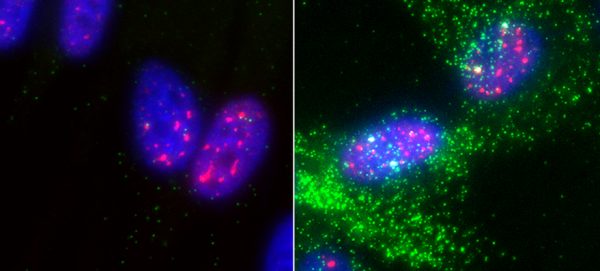
Our speckles paper led by Kate Alexander is now in print! We think it’s specktacular!
Mysterious ‘nuclear speckle’ cell structures may help block cancers https://penntoday.upenn.edu/news/mysterious-nuclear-speckle-structures-inside-cells-enhance-gene-activity-may-help-block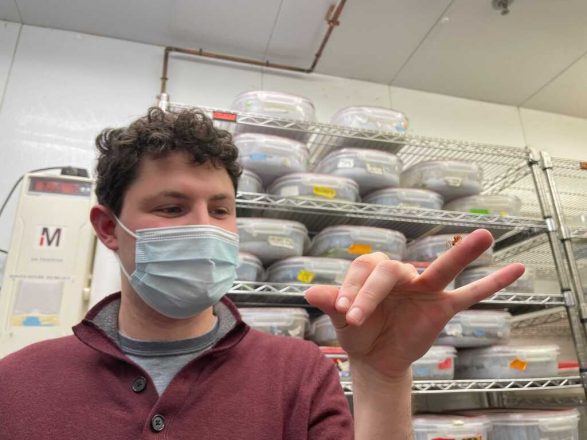

Excited to share our research highlighting a new role for the transcription factor p53 in re-locating its target genes within the nucleus in relation to nuclear speckles, phase-separated nuclear bodies, that boost gene expression of select target genes.
https://www.cell.com/molecular-cell/fulltext/S1097-2765(21)00174-X